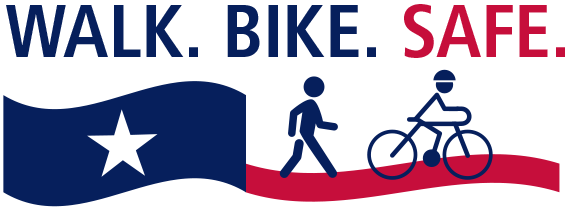Rules of the Road
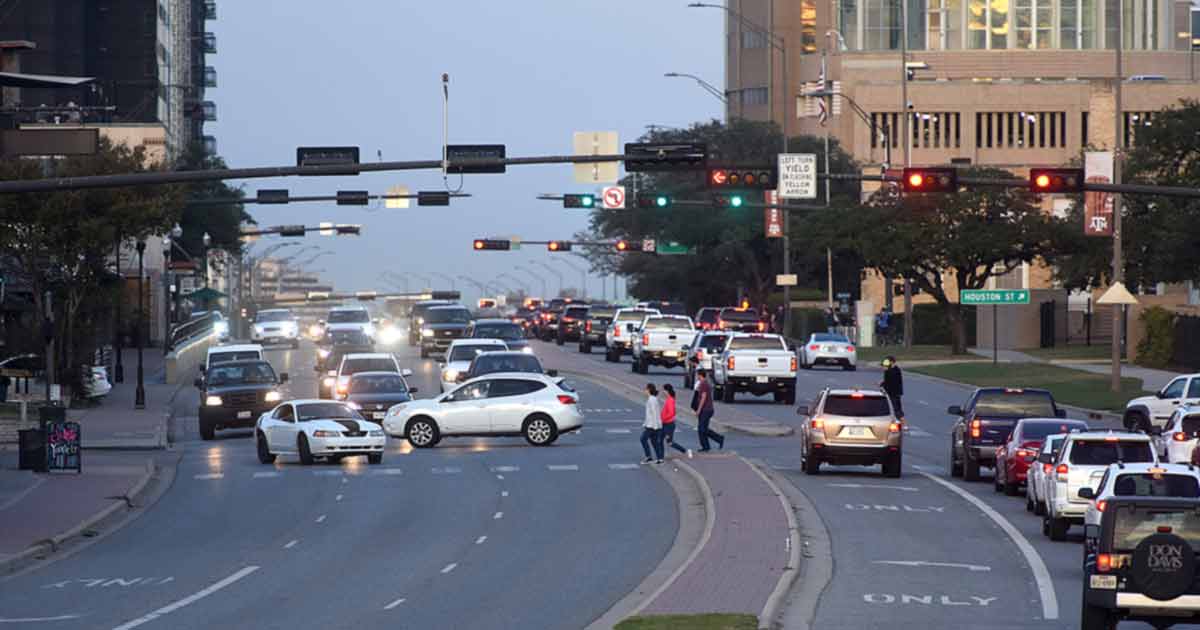

Motorists
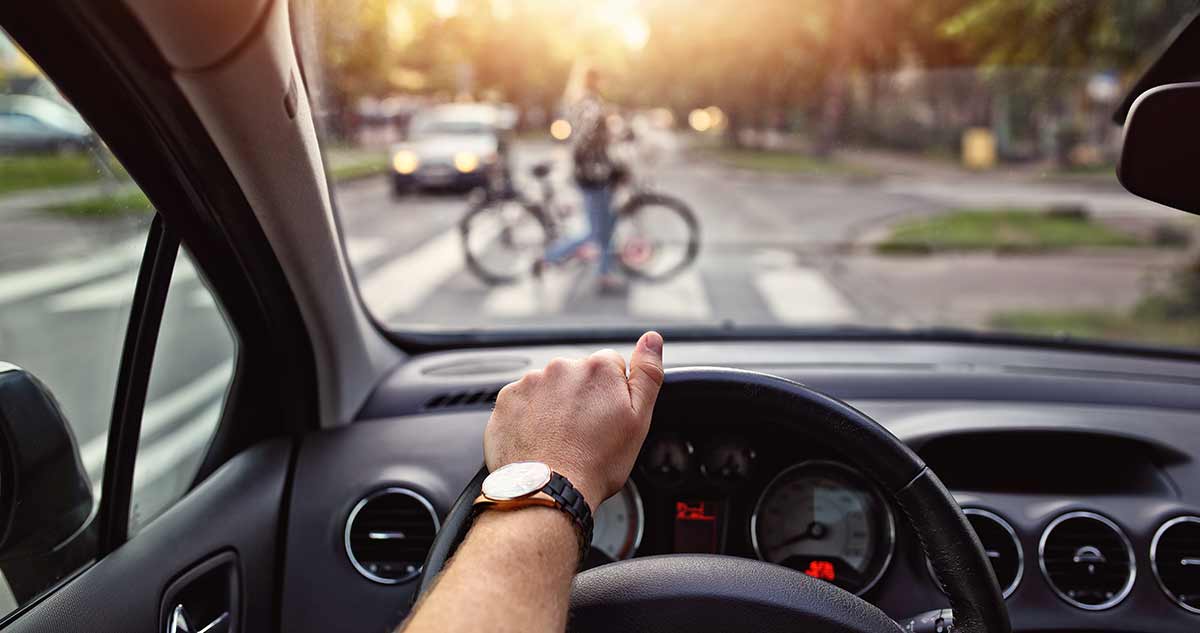
Motorist Laws
- Stop and yield to pedestrians at all crosswalks, including those that may be unmarked at intersections.
- Stopping and yielding to pedestrians means:
- Pedestrians in and approaching a crosswalk on your half of the roadway.
- Pedestrians entering the crosswalk on the other half of roadway approaching your vehicle.
It is now a criminal offense for a driver that causes bodily injury to a pedestrian (or other vulnerable road user) that is legally using a crosswalk.
- Vulnerable road users include ALL of the following:
- Pedestrians,
- Bicyclists,
- People using electric personal assistive mobility devices,
- People using motor-assisted scooters,
- People using golf carts, and
- People using neighborhood electric vehicles (defined here).
For more information please visit the Texas Transportation Code for Pedestrians.

Pedestrians
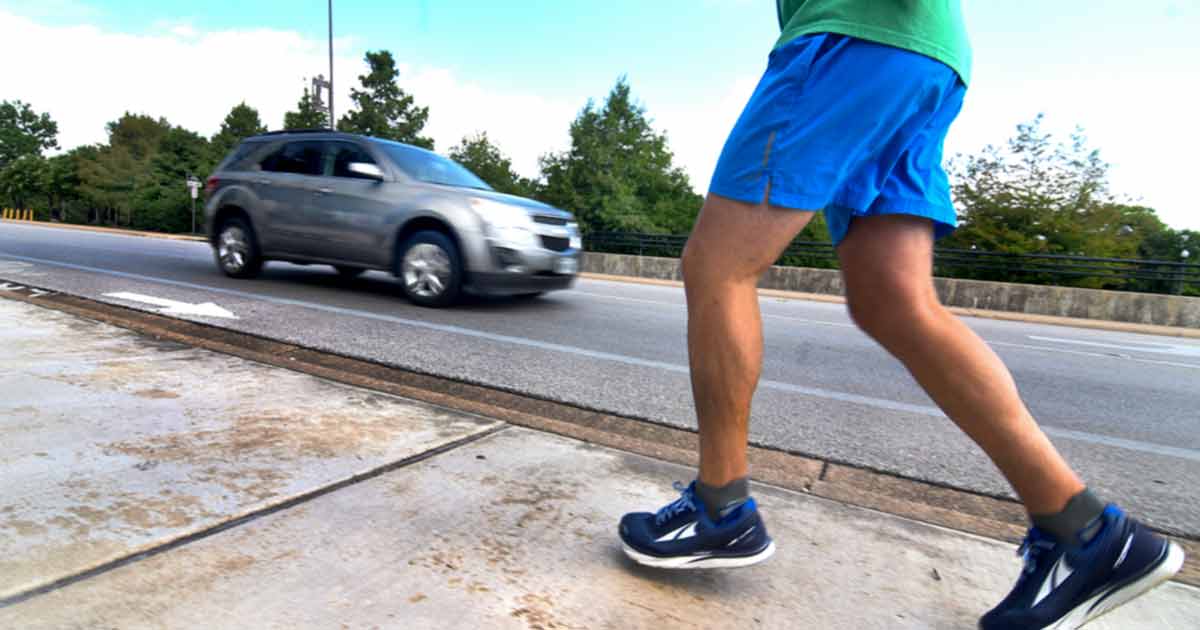
Pedestrian Laws
- Use crosswalks and follow pedestrian signals when available.
- Cross only when “WALK” signal is present. Do not enter the crosswalk if a “DON’T WALK” or “WAIT” signal is present.
- If the WALK signal changes to “DON’T WALK” while you are in the crosswalk, proceed to the sidewalk or safety island.
- If a pedestrian signal is not available, cross the street when the light is green in your direction of travel.
- It is illegal to cross in the middle of a block (without a crosswalk) between adjacent intersections at which traffic control signals are in operation.
- Use sidewalks if available. It is illegal to walk in the road if an adjacent sidewalk is available and useable to the pedestrian.
- If a sidewalk is not available, walk on the left side of the road facing traffic, as far away from traffic as possible unless the left side of the roadway or the shoulder of the highway facing oncoming traffic is obstructed or unsafe.
- You may only cross an intersection diagonally if there is a traffic control device authorizing this movement.
- A pedestrian shall yield the right-of-way to a vehicle on the highway if crossing a roadway at a place:
- Other than in a marked crosswalk or in an unmarked crosswalk at an intersection.
- Where a pedestrian tunnel or overhead pedestrian crossing has been provided.

Bicycles
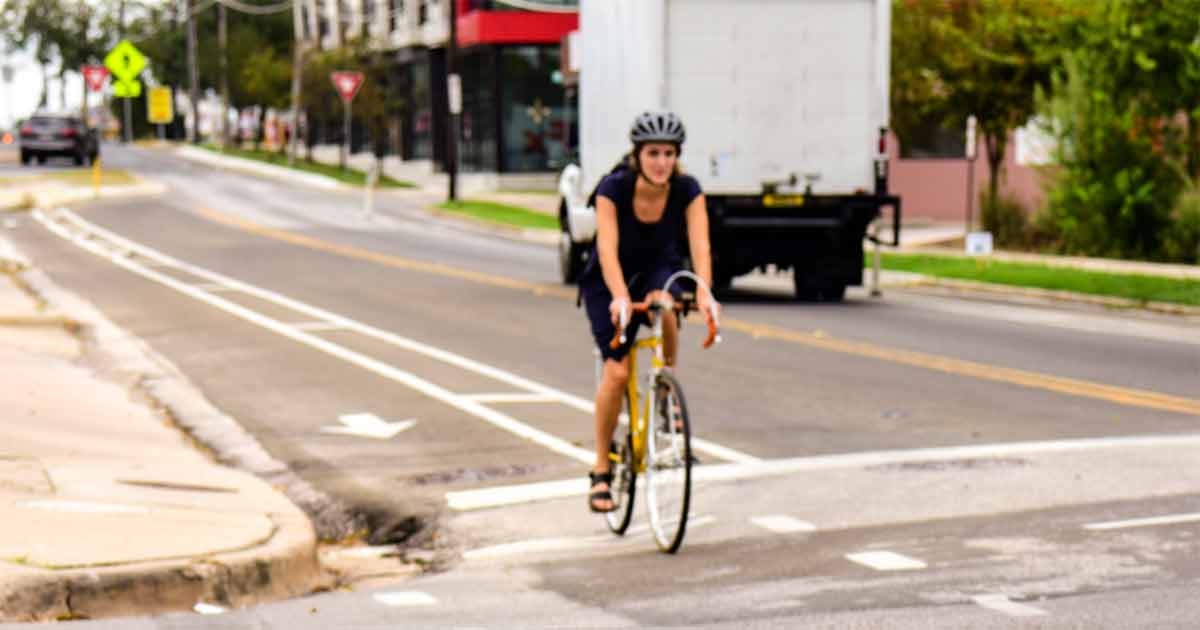
Bicycle Laws
- Bicyclists have the same rights and responsibilities as motor vehicles.
- Ride as far to the right as practicable based on road conditions.
- You are allowed to ride in the middle of the lane (“take the lane”) if a bike lane is not available and the travel lane is less than 14 feet wide.
- Ride on the roadway, using bike lanes or separated bike facilities when available.
- Travel with traffic, not against it.
- Stop at all red lights and stop signs.
- Use hand signals when turning and changing lanes.
- You can ride next to another bicycle, as long as you do not block traffic.
- When riding at night, your bike must have:
- A front headlamp (white light) that can be seen from 500 feet away.
- A rear red reflector (visible from 300 ft) or red lamp (visible from 500 ft).
